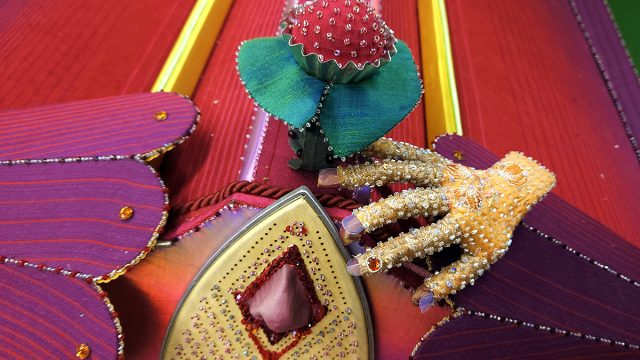
Installation 2025
Comissioned by 1646 Experimental Art Space. Video.
The Car for the Blind addresses how tokenistic ways disabled people are included in the design of new technology. Self-driving robot cars will increase the independence of blind people — but many have waited their entire lives for the real experience of driving. Robot cars can be criticized for keeping disabled people as passive passengers on the road. The thrill, joy, and sense of control — the empowering experience of driving — is still not available.
With today’s technology, it is possible to provide safe, tactile feedback through steering wheels, gloves, or other interfaces. The experience of driving could be simulated. In many parts of Finland, the car is still an important gathering place for young people, and it really matters who has a car and who can pick up friends for a ride.
Twenty years ago I listened a radio show where students from a school for the blind insisted to get driving lessons. A journalist followed their driving course on a gravel field. They described how the driving continued at night in their dreams. I’ve also read about a few passionate and talented car mechanics who are blind.
It’s common for non-disabled people to assume that things are impossible for us — when in reality, it’s often just an illusion, rigid thinking, or poor design. The design fails when our needs and dreams are not heard in the early stage of design process.
Maija Lindström’s post about the exhibition on the blog of the Finnish Cultural Institute for the Benelux.
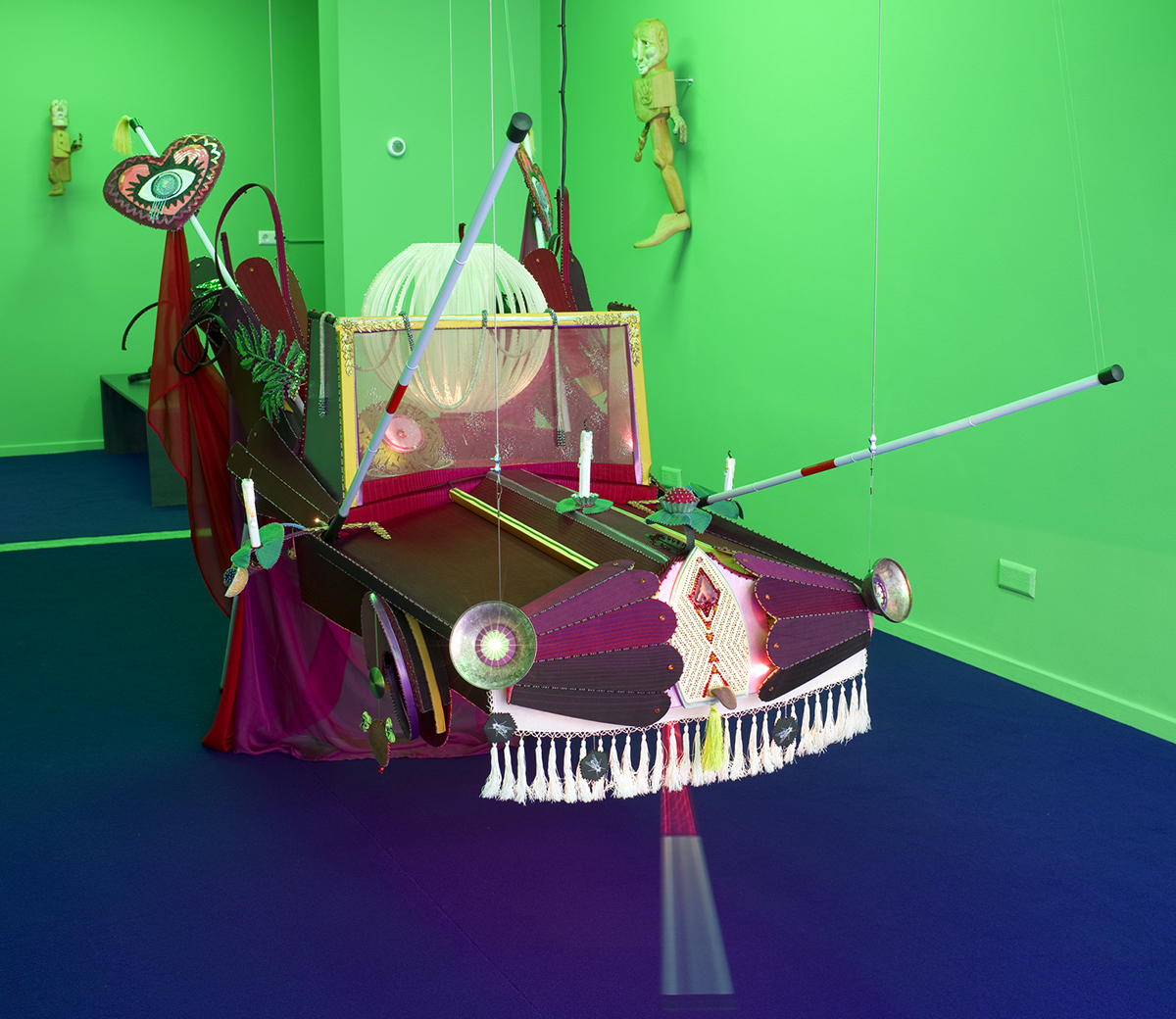
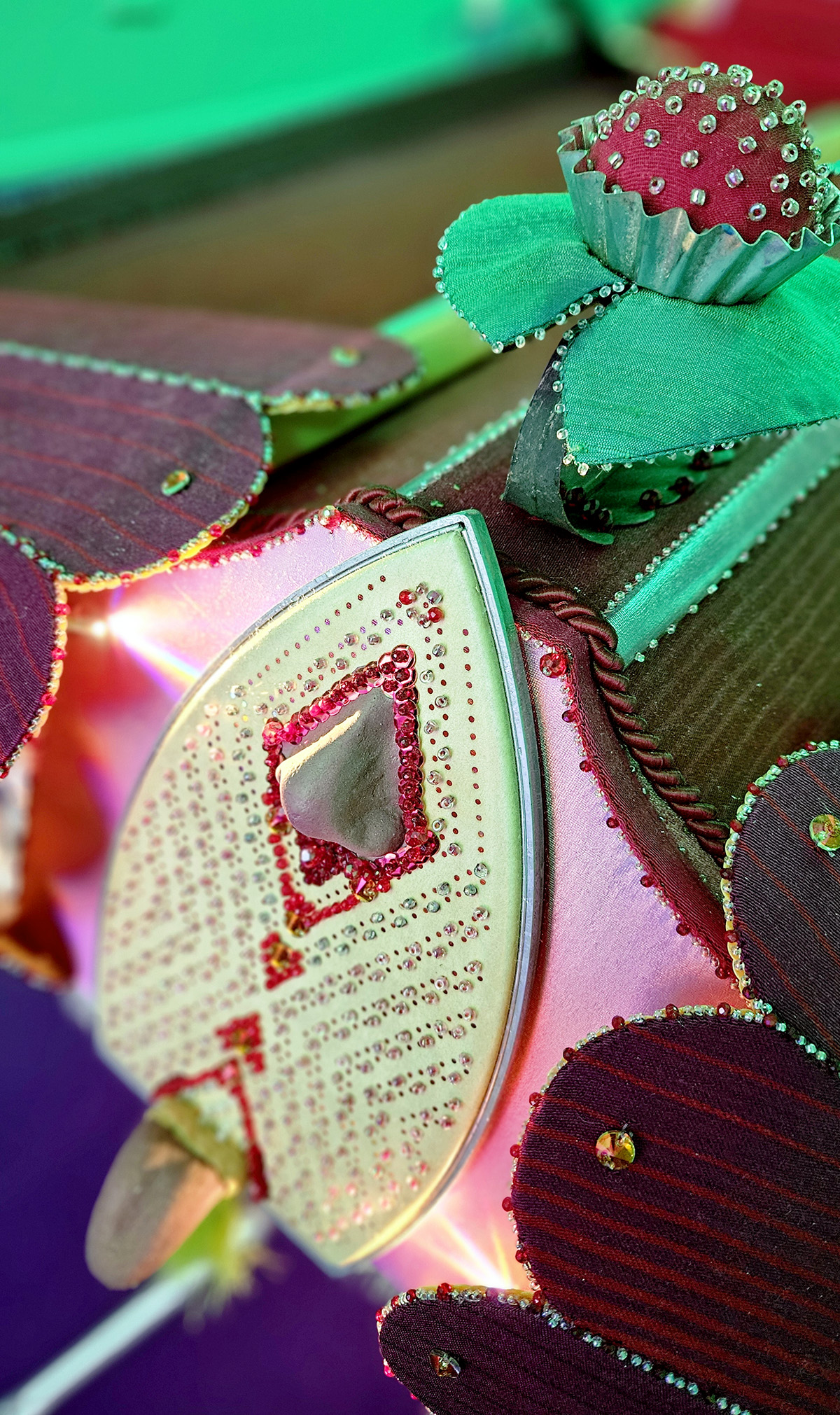
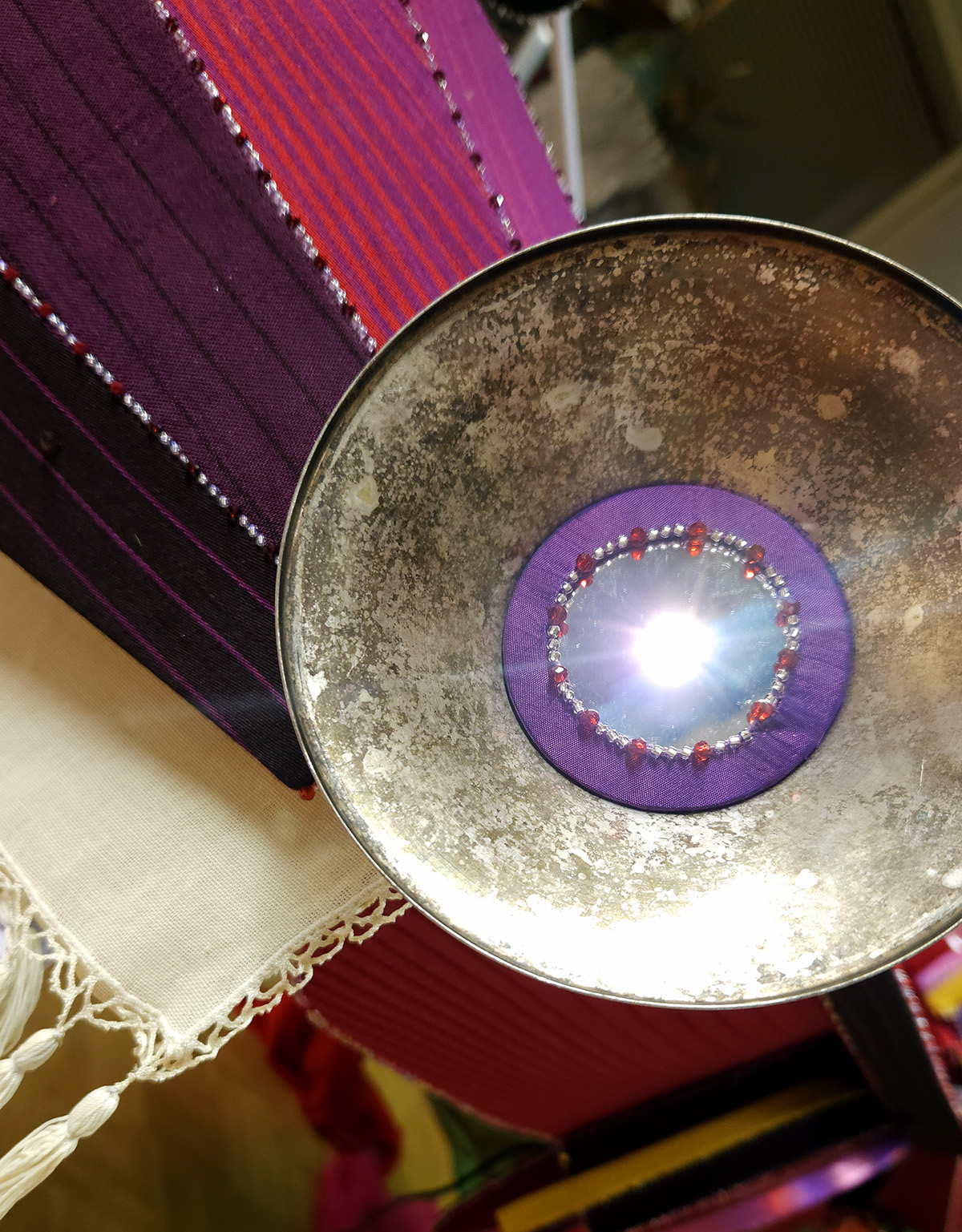
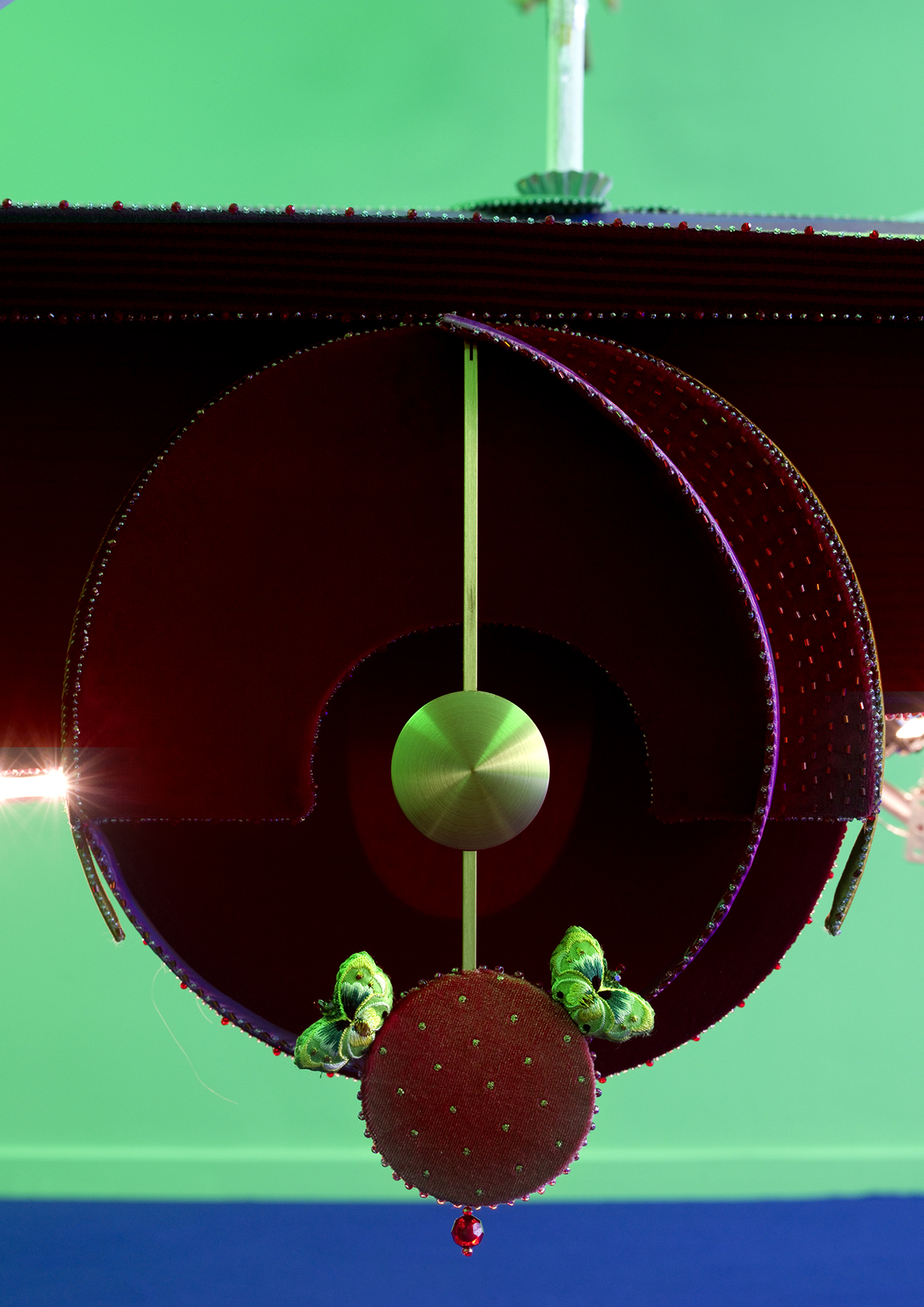
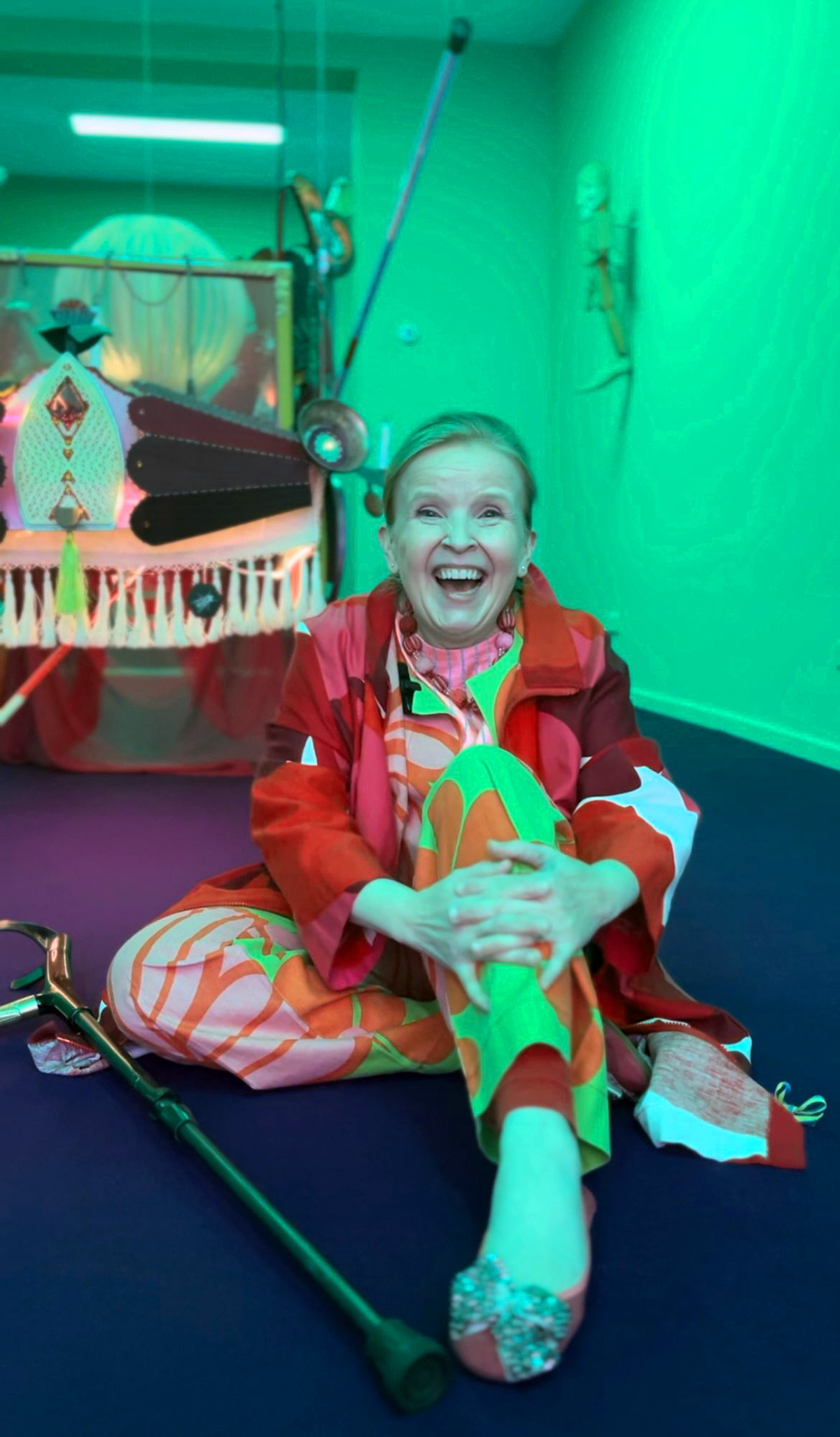
More images at Art Viewer.
Disabled futures – Josefien Cornette in conversation with Jenni-Juulia Wallinheimo-Heimonen